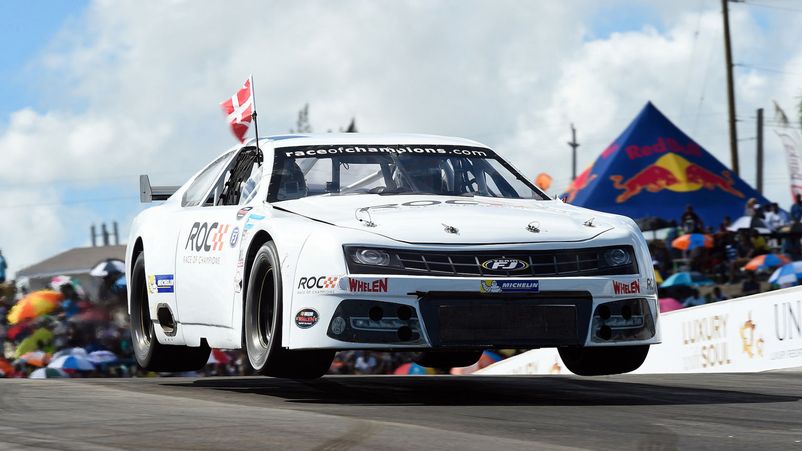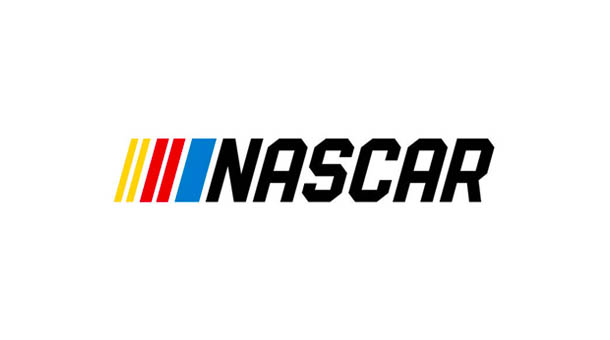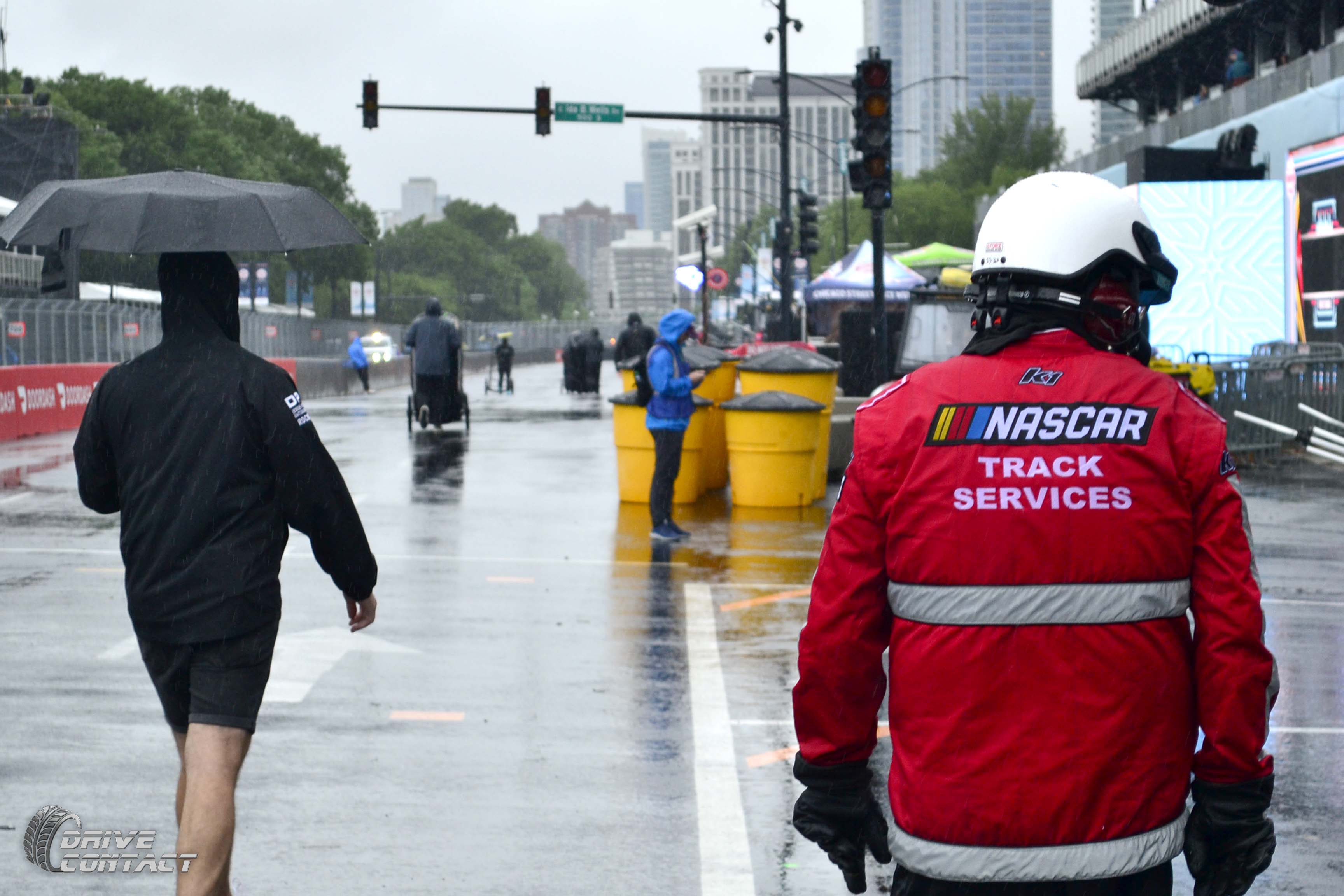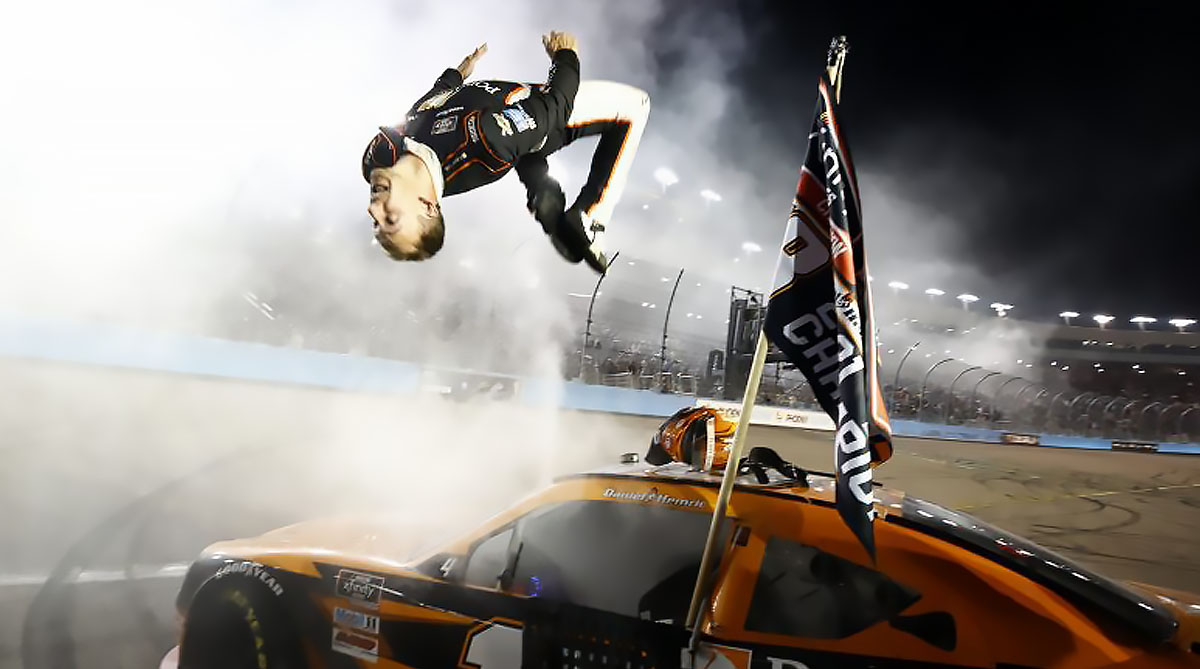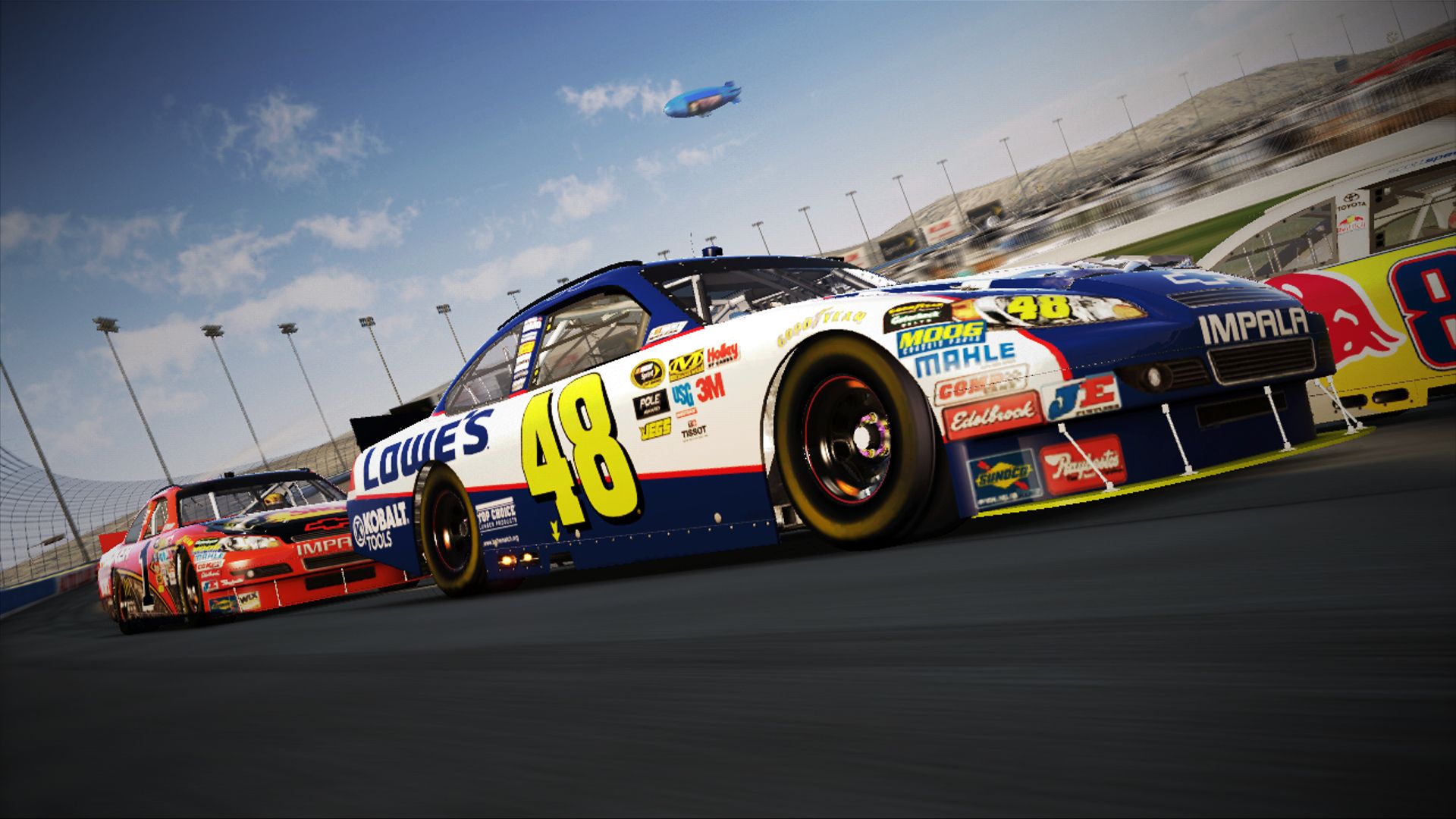NASCAR - American auto racing, testing the endurance of the pilot. Characterized as the most popular and spectacular motorsport event originating in the United States. This type of racing is considered very dangerous, and strict rules imply punishment for the slightest violations.
Having successfully interrupted the race, we continue to contemplate advertising
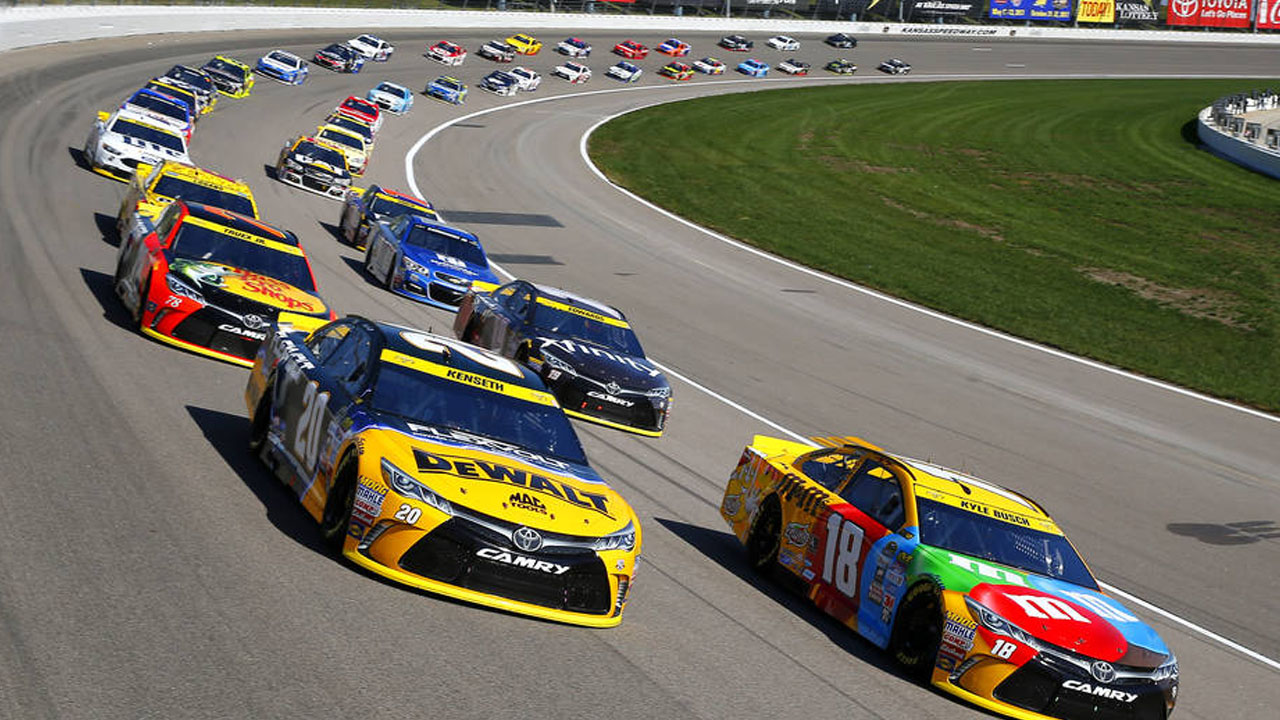
THE RISING OF THE NASCAR SERIES
NASCAR or the "National Association of Stock Car Auto Racing" is a privately held enterprise funded by the American France family. The origin of the competition began in 1948, Bill France combined the races of the semi-professional level of the South and Eastern parts of America and introduced 3 categories of Nascar competitions: Strictly Stock (only stock cars participate), Modified (modified models) and Convertible (convertibles). The second version attracted the maximum attention of racing drivers but eventually gave way to the Strictly Stock category. This was due to the possibility of participation of all comers, the absence of mandatory costs for the modification of machines and, at the same time, the presence of a large prize fund.

In 1959, the Daytona International Speedway was built, where the American circuit race, the Daytona 500, gained popularity, and a speed record of 365 km/h was set on it. Over time, the question arose about the safety of pilots who cut holes in the bottom of the car to control the condition of the rubber. Teams were created under the names of automobile companies supplying Nascar participants with the necessary equipment.
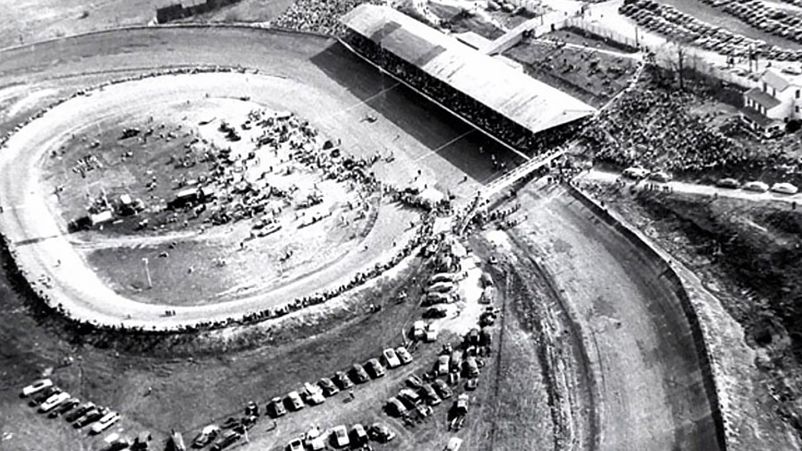
After the fuel crisis and innovations in the rules of the NASCAR association, automobile concerns stopped participating in equipping teams, but eminent racers began to be involved in the competition. Among them is the "King of Nascar" - Richard Petty, who was suspended from competition because of his intention to organize his own association to supply racing cars.
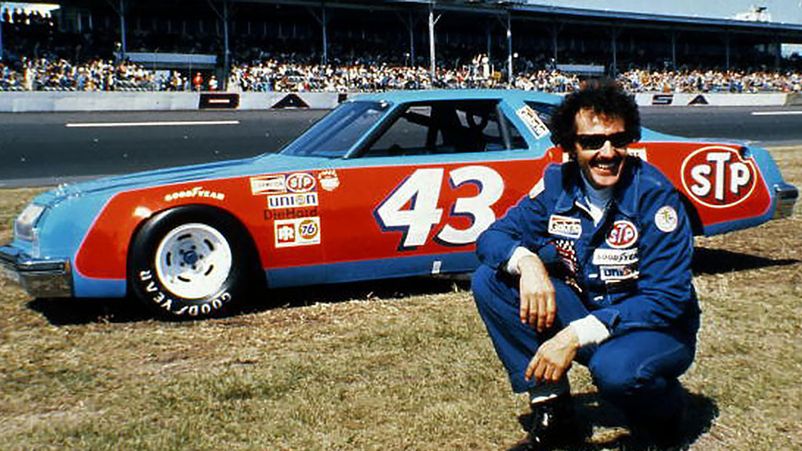
In 1979, the race becomes more popular than NFL thanks to the broadcast "Daytona 500" on TV. Nascar consists of several series and regional divisions. The difference is in engine power, wheelbase size and car size.
CARS AND DRIVING SAFETY IN NASCAR
Nascar cars are created according to the rules:
- body length and KB - 5283 and 2794 mm
- curb weight of the car - at least 1542 kg, without driver and fuel - 1451 kg
- engine capacity - 5.86 l
- power limit - 865 liters. With
- V8 90 degree camber
- 4-speed manual transmission
- torque - 718 N / m
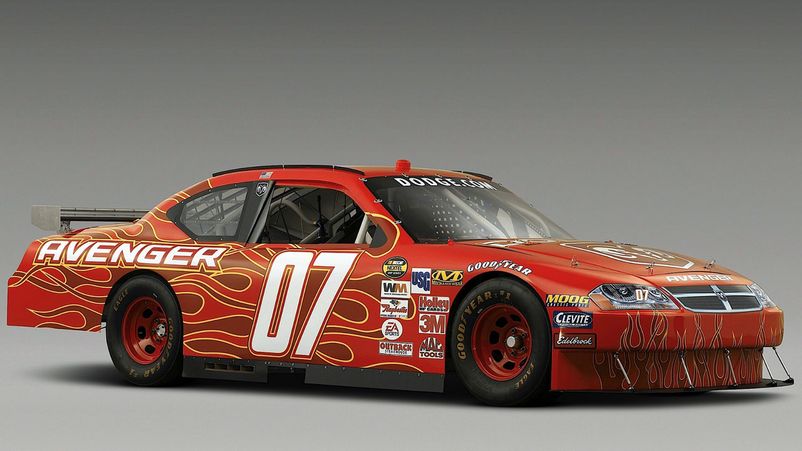
The tires of the cars are designed for high-quality grip with the roadway and overcoming high and medium speeds. The design of the cars is carried out by partner factories: Ford, Chevrolet and Toyota, which supply (today) exclusively cylinder blocks or hoods. The remaining elements of the auto team produce and configure themselves.
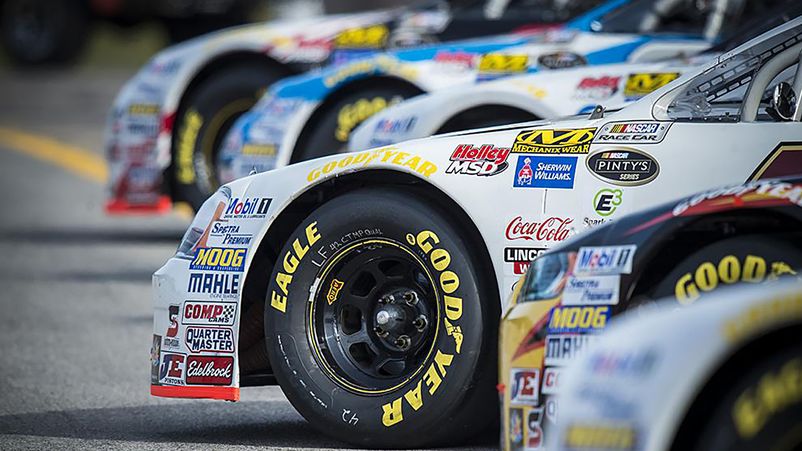
Nascar cars are equipped with carburetor engines with restrictors installed on them, which limit the maximum speed. In the non-ABS braking system, the teams use air-cooled metal discs to which the air flows through special air ducts.
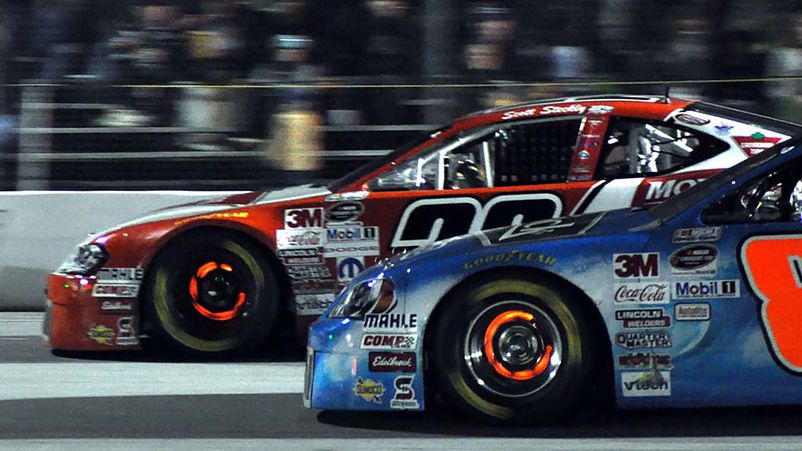
The basis of Nascar racing cars is a tubular steel frame that protects the driver during collisions. The front and rear carcass is thinner than in the middle, which ensures optimal absorption of energy from a possible impact. The front spoiler gives stability and improves aerodynamics, while the rear spoiler serves to reduce pressure, headlights and doors are missing.
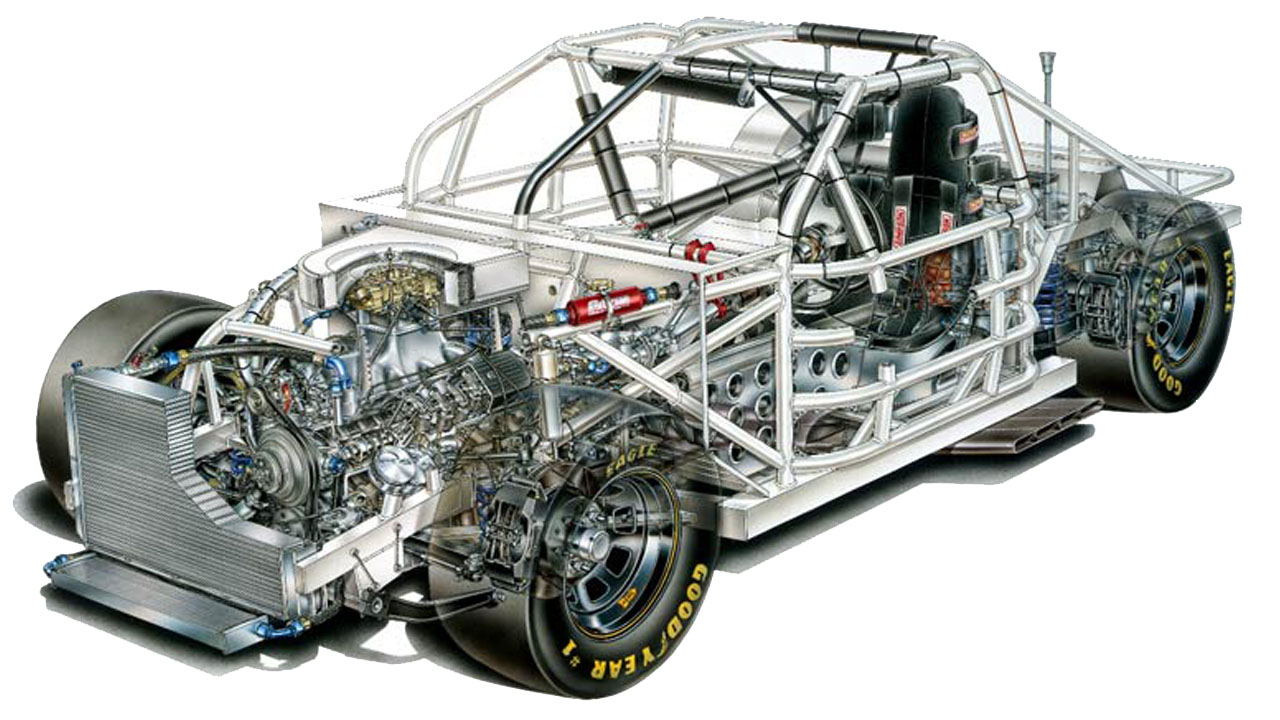
The Nascar driver's seat is located almost in the middle of the cabin and is equipped with six or seven-point seat belts. During the movement, riders experience sudden pressure drops and strong tension in all muscle groups, which not every person and athlete can withstand. To create comfortable conditions, the Nascar pilot is provided with special diapers.

NASCAR OVAL TRACKS
A feature of the Nascar races is the use of oval tracks with banking (high angle of inclination of the roadway in the turn), which requires the skill and high professionalism of the racer. During the race, pilots often compete side by side, relying on an opponent's mistake, which will allow them to take the lead despite the lack of speed advantage. At any moment, a collision can occur, resulting in a massive accident. In one circle, a peloton of 43 cars moves, which become part of the track and natural obstacles for each other.
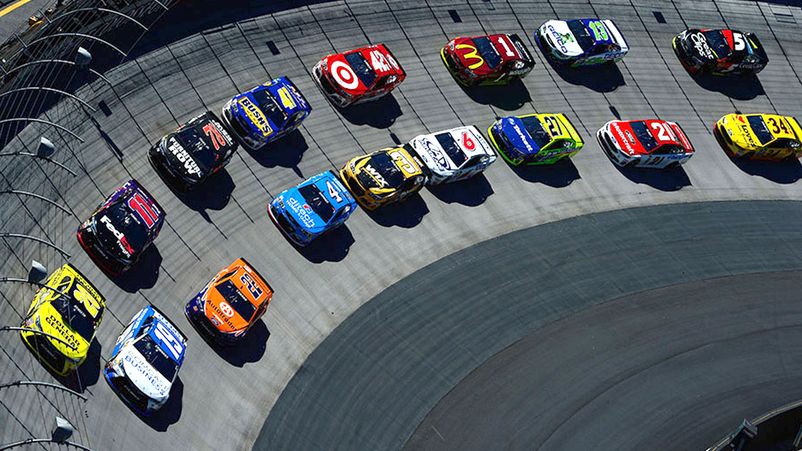
The length of the tracks meets the standards set by the Nascar Association:
- short tracks
- miles ovals or speedways
- medium ovals
- super speedways (the famous “500 miles of Daytona”)
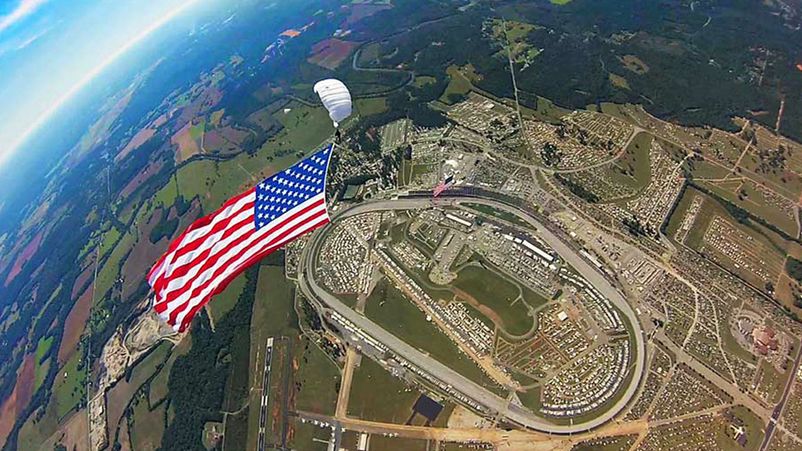
Nascar circuits are classified into the following configuration types:
- classic ovals
- in the form of a paper clip
- three-ovals (reminiscent of a brace with a break in one of the straight lines)
- doglegs (asymmetric tri-oval)
- kuod-oval (two kinks on a straight line)
- d-ovals (D shape)
- concentric (2 ovals are woven into 1 track, the length is different)
- combined ovals (include elements of public roads)
- rovals (roch tracks)
Sometimes a race track is laid in the inflied of the track, which is in contact with sections of the oval. Also, the track may end up outside the oval and have no sections in common with it.
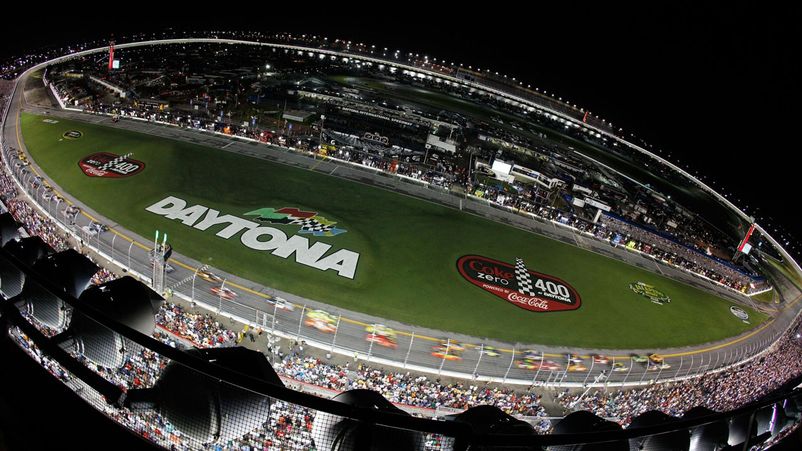
CALENDAR FEATURES
The calendar includes 36 scoring and 2 non-scoring stages.
BUDWEISER SHOOTOUT
Held at "Daytona International Speedway", one weekend before the first round. Participants are winners of previous seasons.
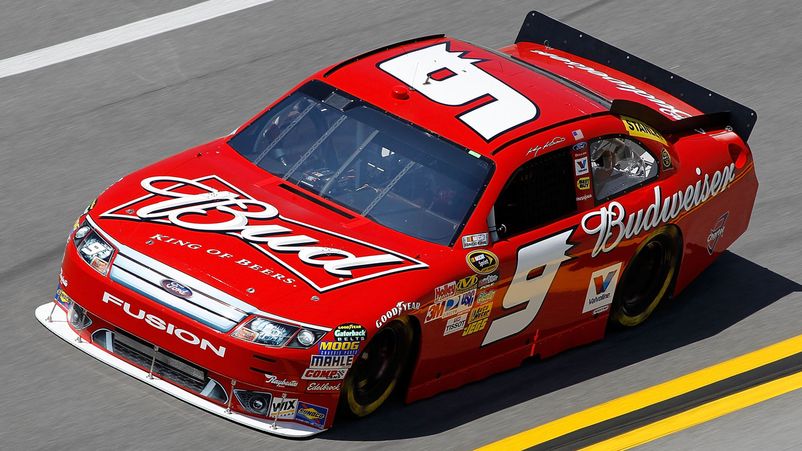
SPRINT ALL-STAR
Starts one week before the massive Coca-Cola 600 competition (held at "Lowe's Motor Speedway"). The champions of previous years and the pilot who won as a result of the audience vote are released to the start.
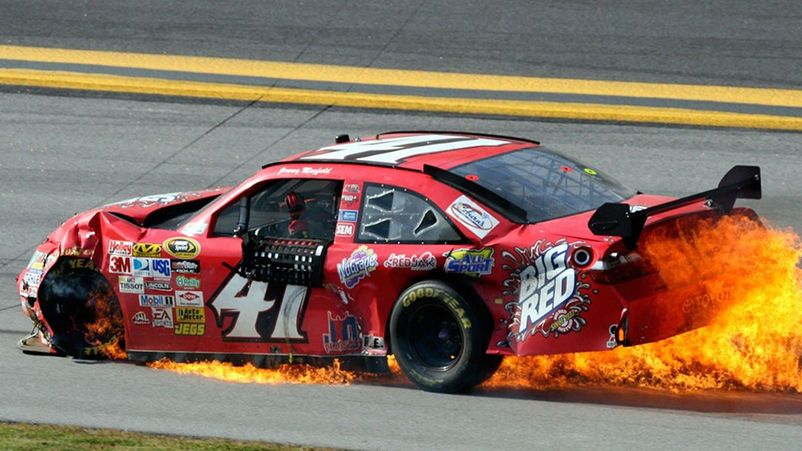
RESTRICT RACES
The traditional calendar consists of 4 "restrictor" races (with additional restrictions) that start at Daytona and Talladega Super Speedways. On the track in Indianapolis, on the track in Pocono and short tracks in Richmond, Bristol, Martinsville.
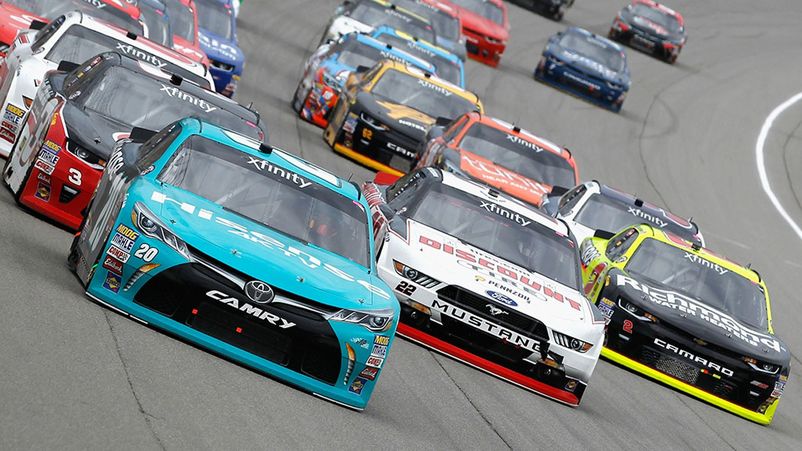
NASCAR SCORING
The point system developed in 1975 in Nascar looked like this: 185 points were received by the leader of the race, 175 - the silver medalist. Further, the points decreased, and the last 45th place was awarded 35 points.
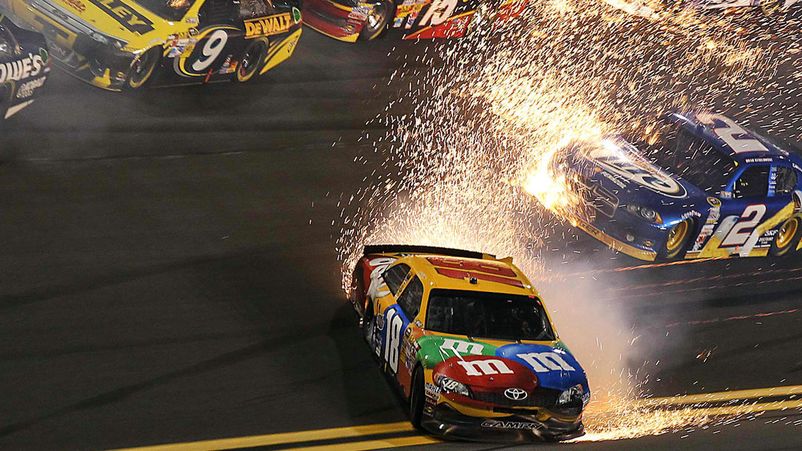
Since 2011, points have been awarded according to a simplified scheme, and 43 participants are fighting for the Cup. The difference between the positions of the finalists is 1 point. For 43rd place, the pilot gets 1 point, for 42 - 2, 41 - 3. For the first place, 4 points more than for the second. An additional bonus system improves the qualification of a team that has a high score and has taken its position in the pit lane.
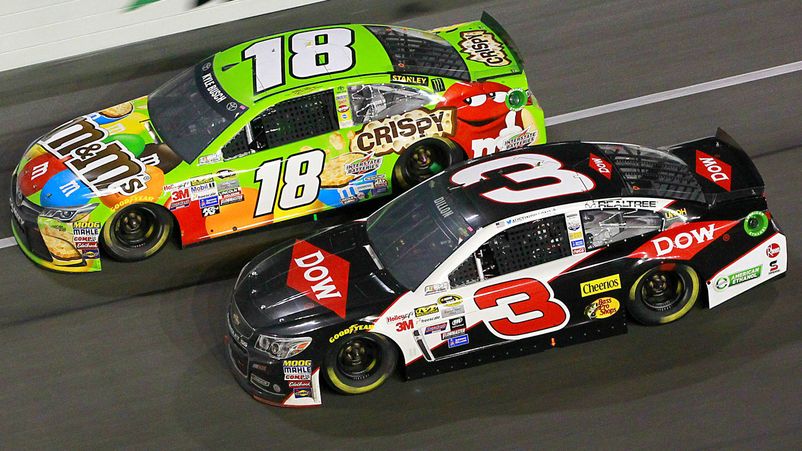
12 riders are now competing for the Cup, the last 2 places are awarded to those who take 11-20 places. The best pilots are awarded 2000 points (in exchange for earned ones). The driver from the 1st ten, who got into the Chase, receives 3 points for the whole season for winning each race. The cup is won by the one who scored the maximum points at the end of the tenth race.
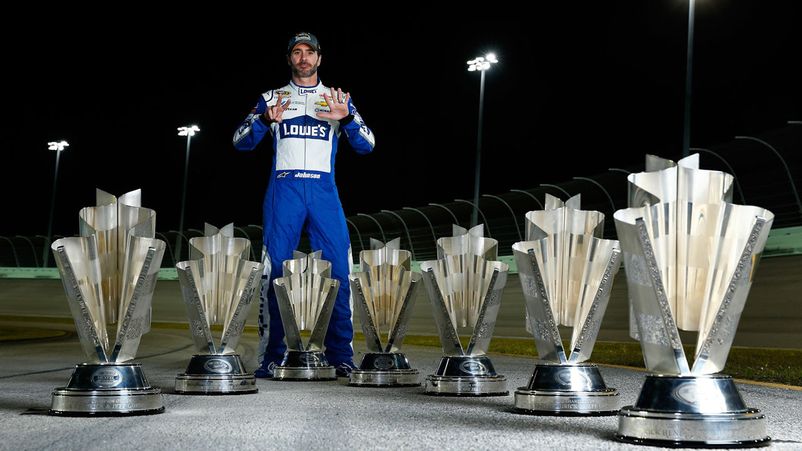
VARIETY AND RACING SERIES
MONSTER ENERGY NASCAR CUP SERIES
Title sponsor of the Nascar races Monster Energy is the highest division for winning the Cup and consists of 36 qualifying stages.
NASCAR XFINITY SERIES
The second division of the auto racing series. Changed its name several times: "Budweiser Late Model Sportsman Series" (from 1982 to 1983), "Busch Grand National Series" (from 1984 to 2003), "Busch Series" (from 2003 to 2007).
CAMPING WORLD TRUCK SERIES
The series, which includes 32 pickups, originated in 1991 and has its own qualification system.
WHELEN EURO SERIES
An international Nascar series created by a French team. European series cars are equipped with a V8 Chevrolet engine with a capacity of 450 hp. The distance of the races is 60 km, which is several times less than the length of the tracks in the USA.
